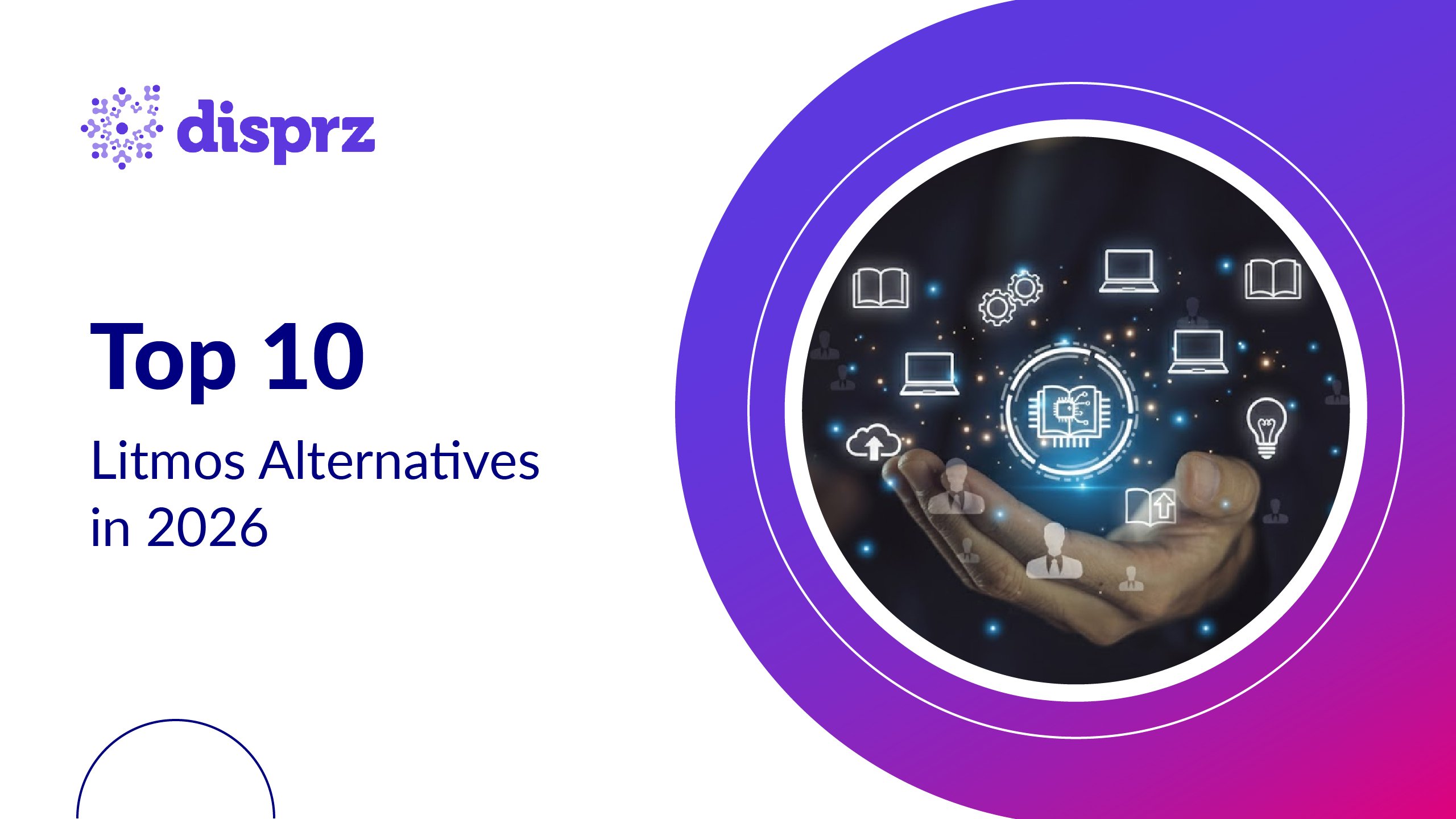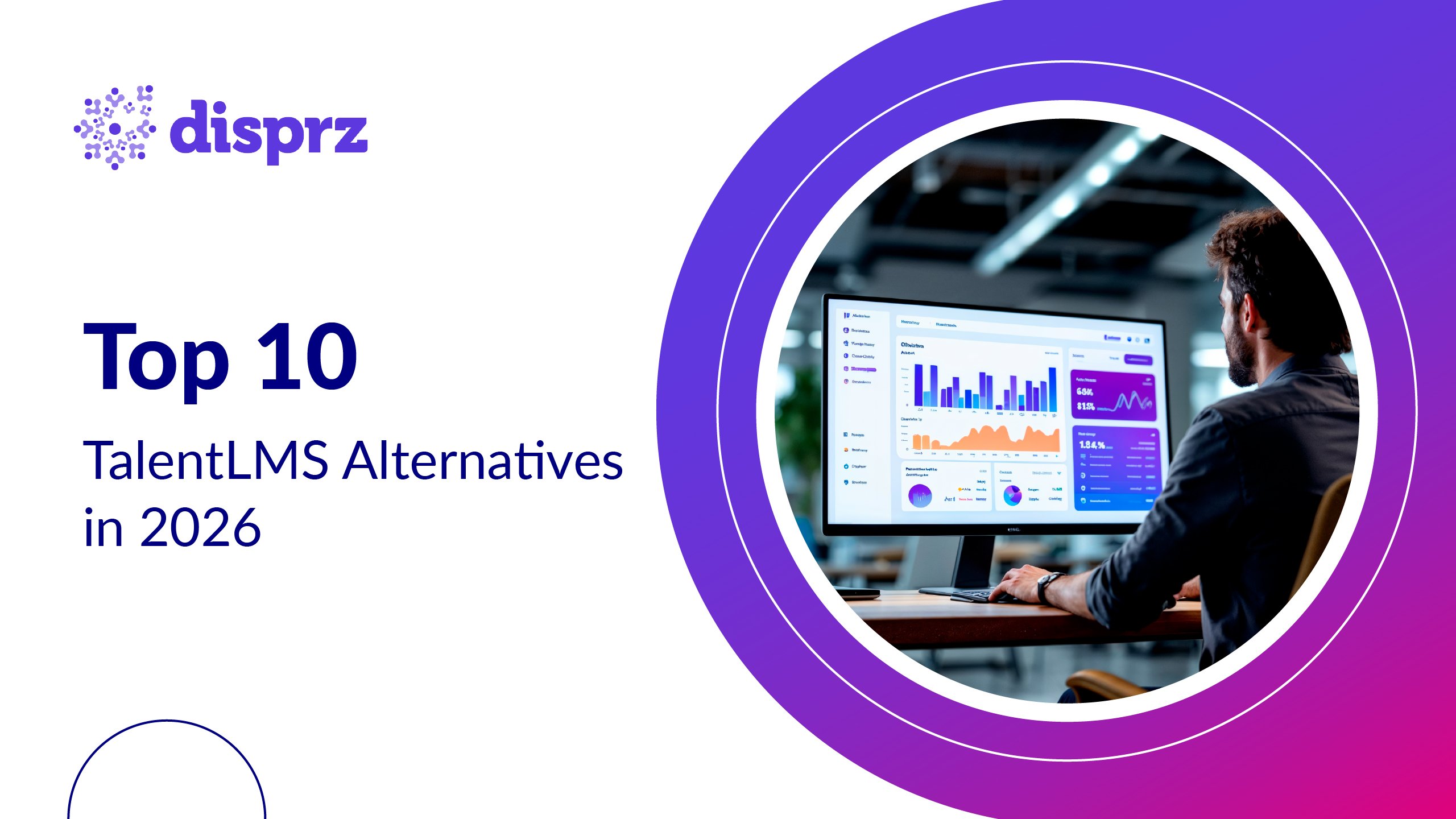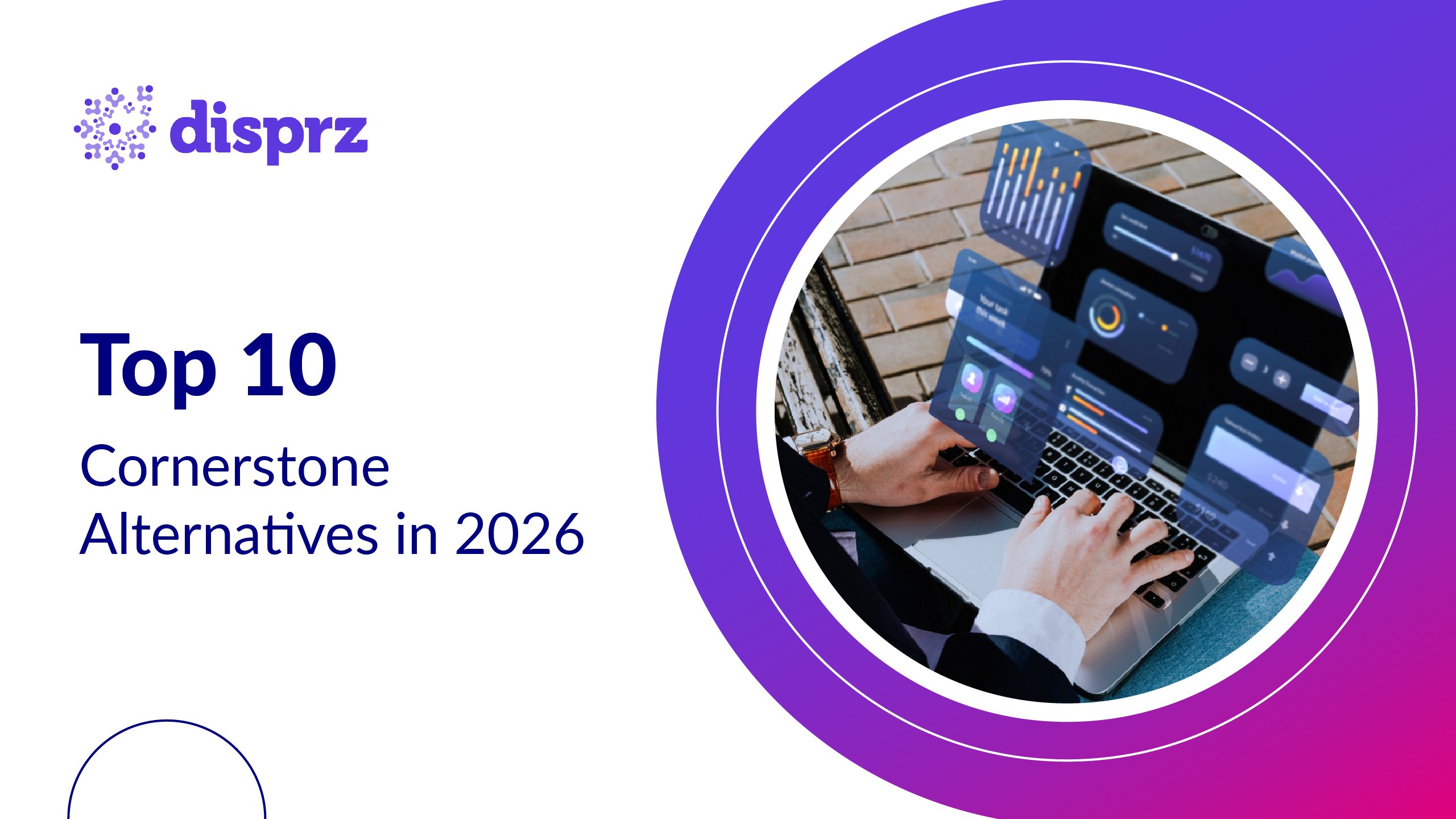What is Gamification in Corporate Training?
Gamification isn’t about turning learning into a game. It’s about using game-inspired elements, such as progress tracking, points, or scenario-based challenges, to make learning more engaging and practical.
In the workplace, it’s not just about adding fun to entertain. It’s more about improving participation, boosting knowledge retention, and driving specific outcomes, whether that’s faster onboarding, better compliance, or stronger day-to-day performance.
Done well, gamification supports three learning goals:
-
Encourages completion through visible progress
-
Reinforces knowledge through repetition and feedback
-
Builds motivation through recognition and rewards
Let’s say a global bank wants to improve compliance training.
Instead of assigning a 50-slide presentation, they design a set of short, timed scenarios. Each one mirrors a real-world dilemma. For example, “You’re approving a wire transfer from a politically exposed person. What questions should you ask?”
Employees choose responses, get immediate feedback, and unlock the next scenario only if they get it right. Their progress is tracked, with scores shared across teams to spark friendly competition.
This format doesn’t just raise completion rates. It changes how people think, moving from passive reading to active decision-making. And that’s the real win: policies don’t just get learned; they get applied.
How Gamification Can Help Corporate Training
The global gamification market is projected to grow significantly, from US$15.43 billion in 2024 to US$48.72 billion by 2029, reflecting a compound annual growth rate (CAGR) of 25.85%.
Gamification transforms corporate training by addressing three critical areas:
Enhancing New Employee Onboarding
Traditional onboarding methods, such as static documents and passive videos, often fail to fully engage new hires. Gamified training revolutionizes onboarding by offering dynamic, immersive experiences that captivate newcomers. This approach fosters a positive first impression and accelerates the integration of new employees into the organization.
Boosting Training Effectiveness
By incorporating gamified elements, corporate training becomes more engaging and impactful. Interactive, scenario-based activities not only make learning enjoyable but also improve retention. These tools help employees better understand their roles, expected behaviors, and organizational values, ensuring a deeper connection to the material.
Making Routine Training Engaging
Topics like safety, compliance, and legal training are often perceived as tedious necessities. Gamification transforms these sessions into interactive experiences that boost engagement and knowledge retention. By turning routine training into compelling activities, organizations ensure employees retain critical information, leading to safer and more compliant workplace practices.
Types of Gamified Training Formats
Here are some gamification training examples effectively implemented in corporate learning environments. These gamification examples showcase innovative ways organizations are using gaming elements to drive engagement and skill-building in employee training.

1) Badge-Based Quizzes
Example: A financial services firm might use a gamified quiz that awards badges for expertise in financial crime prevention. The quiz includes increasing levels of difficulty, a point-based system, and bonus rounds for special recognition.
How it Works: This gamified approach makes learning interactive, with badges providing recognition and reinforcing employee engagement. This setup motivates employees to participate more actively, leading to higher completion rates.
2) Sales Simulation Games
Example: A sales organization might deploy scenario-based simulations where employees navigate through real-world sales situations, honing their skills in a competitive, game-like environment.
How it Works: This method mirrors high-stakes sales floors, allowing employees to practice sales techniques in a risk-free environment. Gamified simulations enhance decision-making, allowing for skill-building in realistic settings.
3) Product Knowledge Quizzes
Example: A retail brand might use interactive, game-like quizzes to help employees learn about new products. These quizzes reward participants with badges for correct answers and achievements.
How it Works: Gamification encourages retention by making learning about products more enjoyable and memorable. Employees are better prepared for customer interactions after completing such engaging, low-stakes quizzes.
4) General Knowledge Game Quizzes
Example: General corporate training topics (e.g., compliance or workplace safety) are turned into competitive, multi-round quizzes where employees earn points and badges.
How it Works: Quizzes on varied subjects tap into employees' competitive spirits, with points and badges encouraging active participation. This method also reinforces knowledge retention and understanding.
5) Customized Retail Training
Example: A retail company offers a tailored, interactive eLearning journey for seasonal staff. It includes simulations, role-playing, and practical challenges, ensuring skill acquisition in customer service and sales.
How it Works: Interactive, scenario-based modules mimic real-world retail environments, allowing new hires to quickly develop relevant skills. It’s especially valuable for businesses with high turnover and time-sensitive training needs.
Gamification Training Examples Based on Use-Cases
From onboarding to compliance, companies are using game mechanics to turn routine training into habit-building experiences. Below are real-world styled examples, organized by use case, to show how smart design leads to measurable business impact.
Onboarding
Example: Role-Based Missions for New Joiners
New hires enter a 7-day mission-based experience. Each day unlocks a new “level” (e.g., tools setup, key people to meet, process walk-through). They earn points for completing tasks, quizzes, and asking their first question on the company forum.
Why it works:
-
Cuts average onboarding time by 30%
-
Encourages peer interaction from Day 1
-
Increases Day 30 knowledge retention vs. passive orientation decks
Sales Training
Example: Sales Battle Cards with Leaderboards
Reps complete scenario-based pitch battles where they “level up” by choosing the right response in customer simulations. Leaderboards reset weekly, with real-time nudges tied to active product lines.
Why it works:
-
Reinforces objection handling in context
-
Boosts competitive spirit with weekly resets
-
Sales teams retain messaging 25% better than static decks
Compliance & Mandatory Learning
Example: “Escape Room” Style Compliance Quests
Instead of a 45-minute passive compliance video, employees go through a gamified “escape room” challenge, answering real-life risk scenarios, unlocking clues, and racing against time.
Why it works:
-
Transforms dull content into active decision-making
-
Reduces completion fatigue in repetitive modules
-
Tracks response time and accuracy for better risk profiling
Process or Tool Training
Example: Use It to Win It Tool Adoption Game
Employees get small challenges in a new tool (e.g., CRM, HRMS), such as “Log your first lead,” “Schedule a task,” “Tag a teammate.” Each action gives points and unlocks a new tip or shortcut.
Why it works:
-
Drives real-time adoption within the live system
-
Replaces one-time workshops with embedded learning
-
Helpdesk queries drop as employees learn by doing
Leadership or Behavioral Skills
Example: Virtual Story-Based Simulations
Mid-managers play through branching scenarios, handling difficult conversations, delegation, and conflict. Choices lead to alternate outcomes, followed by a feedback loop.
Why it works:
-
Builds decision-making confidence safely
-
Reinforces soft skills without formal workshops
-
Promotes reflection through scorecards and peer comparisons
Challenges and Considerations in Implementing Gamified Training
Here are some gamification challenges to consider when using gamification strategies in training:
Excessive Competition
While competition boosts engagement, too much can create a tense atmosphere, causing stress and resentment. Balance individual and team-based activities to encourage personal growth alongside team success.
Alignment with Learning Goals
A common challenge is focusing too much on fun and not enough on learning outcomes. To be effective, points, rewards, and activities should directly align with training goals to support skill-building and knowledge retention.
Technical and Resource Needs
Effective gamification often requires a strong technical setup, such as a learning management system (LMS) with features like scoring and progress tracking. Investing in scalable design and development is essential to support gamified training across large teams.
7 Ways to Gamify Your Employee Training
Here are seven effective ways to introduce gamification into employee training, utilizing key features of gamification to enhance engagement and effectiveness

1) Set Up Point Systems
Reward employees with points for completing modules, activities, or tasks. Points make progress measurable and motivate learners to stay on track.
2) Offer Badges and Achievements
Give badges for reaching milestones, completing challenging activities, or scoring high on quizzes. This simple yet effective feature promotes a sense of accomplishment.
3) Introduce Levels or Progress Bars
Integrate levels or progress bars so employees can see how far they’ve come and what’s left to achieve. This feature offers a clear view of progress, boosting motivation as they reach new stages.
4) Implement Leaderboards
Foster friendly competition with leaderboards, displaying top performers. This adds a competitive edge and encourages team members to engage with training consistently.
5) Create Real-World Scenarios and Simulations
Use gamified scenarios where employees apply skills in practical settings, helping bridge the skills gap between training and real-life application while maintaining engagement.
6) Incorporate Quizzes and Challenges
Add quizzes or interactive challenges that employees must pass to proceed. This reinforces learning by keeping employees engaged and attentive through active participation.
7) Offer Rewards or Recognition Programs
Tie training achievements to tangible rewards or recognition programs. Recognizing efforts with rewards, even simple ones, can boost motivation and commitment to training goals.
How to Measure the ROI of Gamification
Gamification may feel engaging, but to justify the investment, it needs to show results beyond just happy learners. Business leaders want proof it drives real outcomes.
The best learning teams don’t just track clicks or completion rates. They connect gamified learning to on-the-job behavior change. Did it speed up onboarding? Reduce errors? Improve sales performance? That’s the real ROI.
Here’s how mature learning teams approach ROI:
1) Track Engagement That Signals Intent
Go beyond surface-level logins. Look at:
-
Average time spent per learning session
-
Voluntary completion of optional modules
-
Number of re-attempts or practice runs
-
Drop-off points across journeys
This tells a lot about where learning is happening and how in-depth it is.
2) Link Learning to On-the-Job Outcomes
This is where real ROI emerges.
-
Are new hires becoming productive faster?
-
Are frontline teams making fewer compliance errors?
-
Are sales teams applying new skills in customer conversations?
- Are learners needing fewer refreshers or repeat training?
How does this translate to ROI? Let's say, A logistics company using gamified onboarding reduced supervisor escalations by 22% in the first 60 days. That's the impact.
3) Compare and Test
The most effective teams A/B test content versions — one standard, one gamified — and compare:
-
Completion rates
-
Retention assessments
-
Manager feedback
The ROI doesn’t always show up as big leaps. Sometimes it’s a 10–15% improvement in retention or fewer repeat sessions. But over thousands of learners, that efficiency adds up.
Measuring the Effectiveness of Gamified Training
The effectiveness of gamification training in corporate learning stems from its capacity to engage and motivate employees through interactive techniques. By using reward systems, goal-setting, and real-time feedback, gamified training enhances focus and retention.
This approach taps into natural behaviors like competition and social learning, making the training process enjoyable and impactful. As a result, gamified training not only boosts employee participation but also drives measurable improvements in learning outcomes.
Activating Reward Systems
Gamification activates the brain’s reward centers through incentives like points, badges, or levels for completing tasks. These rewards trigger dopamine release, which enhances feelings of pleasure and motivation. When employees earn rewards, they feel a sense of satisfaction and accomplishment, encouraging them to stay engaged and participate actively.
Goal-Driven Learning
Gamified training emphasizes clear, achievable objectives, which naturally motivate learners. Employees are more focused and dedicated when they have specific targets, aligning with the human tendency to set and accomplish goals. This goal-oriented design improves focus and, ultimately, training effectiveness.
Harnessing Competitive Spirit
People often respond well to competition, and gamification taps into this with leaderboards and scoring systems. Friendly competition among peers enhances engagement, pushing employees to not only meet training requirements but to excel. This social aspect of competition fosters a deeper commitment to learning.
Real-Time Feedback and Tracking
Instant feedback is a cornerstone of effective learning, and gamification provides it seamlessly. This feedback loop allows employees to recognize strengths, address gaps, and adjust their approaches. Progress tracking, visualized through levels or bars, further motivates learners by showing them their advancement and proximity to goals.
Enhanced Autonomy
Gamified training often allows employees control over their learning paths. This sense of autonomy heightens intrinsic motivation, leading to greater engagement and a stronger commitment to the learning process.
Encouraging Social Interaction
Gamification also fosters collaboration and social learning. Incorporating group tasks, collaborative challenges, and shared achievements, builds community and promotes knowledge-sharing. This makes the learning process more engaging while strengthening team dynamics and facilitating knowledge transfer.
How Disprz Helps in Offering Gamification Training for Employees
Disprz offers a cutting-edge platform for gamified training, designed to boost employee engagement and accelerate skill development. With features like badges, leaderboards, and real-time feedback, Disprz transforms learning into an interactive and rewarding experience that keeps employees motivated. Its customizable approach empowers organizations to tailor training programs to their unique goals, ensuring employees not only stay actively engaged but also retain critical knowledge. By blending fun with effectiveness, Disprz makes learning a catalyst for both individual and organizational growth.
Want to see Disprz’s gamified training in action? Book a demo today!
FAQs
1) How do I measure success in gamified learning?
Start with what matters to the business. Look at metrics such as:
-
Completion & engagement rates (vs. non-gamified formats)
-
Time-to-productivity (for onboarding and upskilling use cases)
-
Knowledge application - tracked through quizzes, simulations, or manager feedback
-
Business-linked outcomes - e.g., faster sales ramp-up, reduced compliance errors
If the learning leads to behavior change, it’s working.
2) How is gamification different from game-based learning?
-
Gamification adds game-like elements to regular training (think: leaderboards, scorecards, progress bars).
-
Game-based learning builds the entire experience as a game, such as a sales pitch simulator or compliance escape room.
3) What tools or platforms support gamified corporate training?
Most modern LXPs and LMSs offer gamification features, but they vary. Look for:
-
Customizable game mechanics (points, badges, streaks)
-
Built-in analytics to track impact
-
Integration-ready with your HRMS or CRM
-
Mobile-first UX for deskless teams
Platforms such as Disprz offer embedded gamification tailored to frontline teams and role-specific goals.








